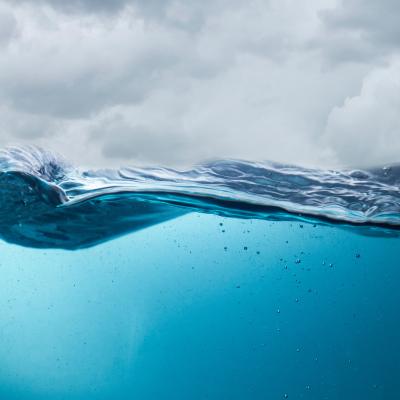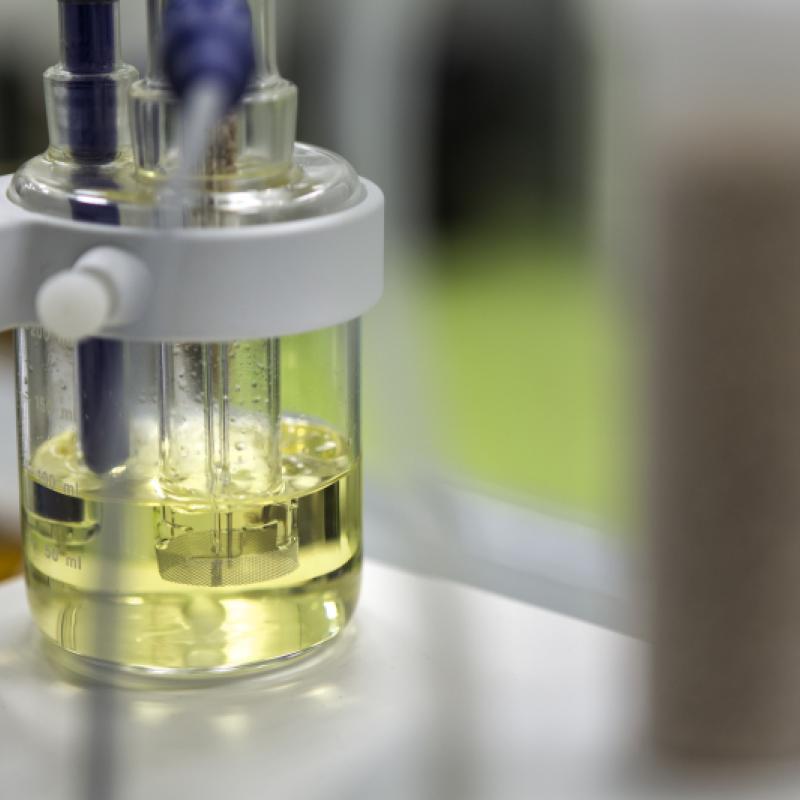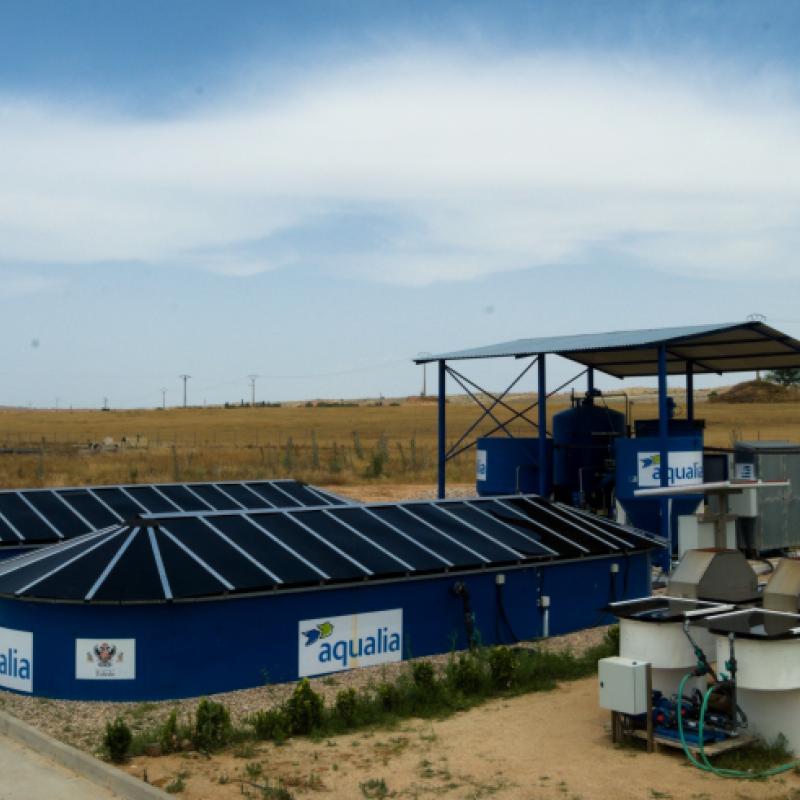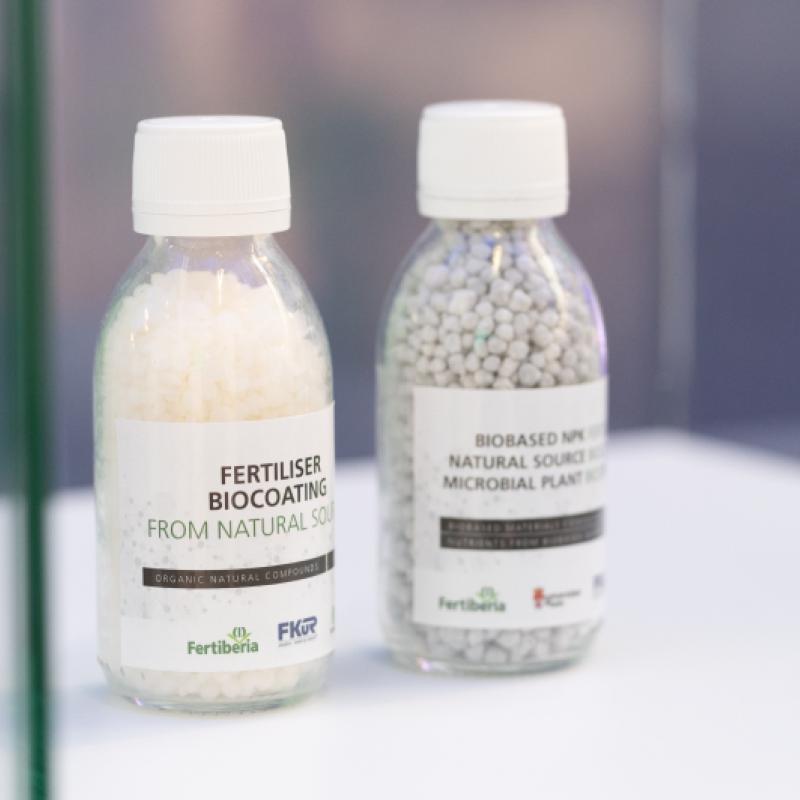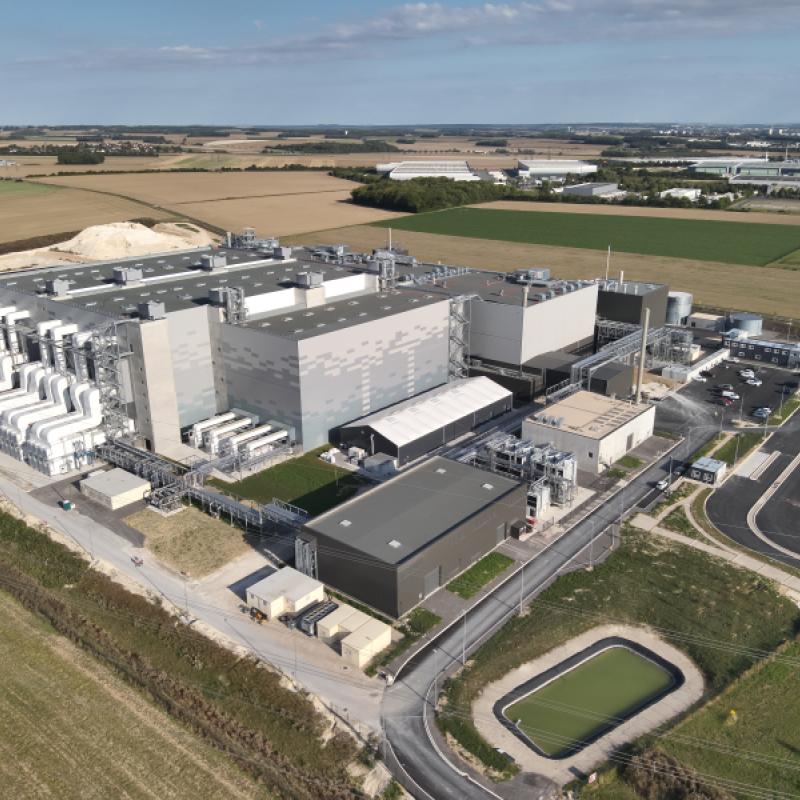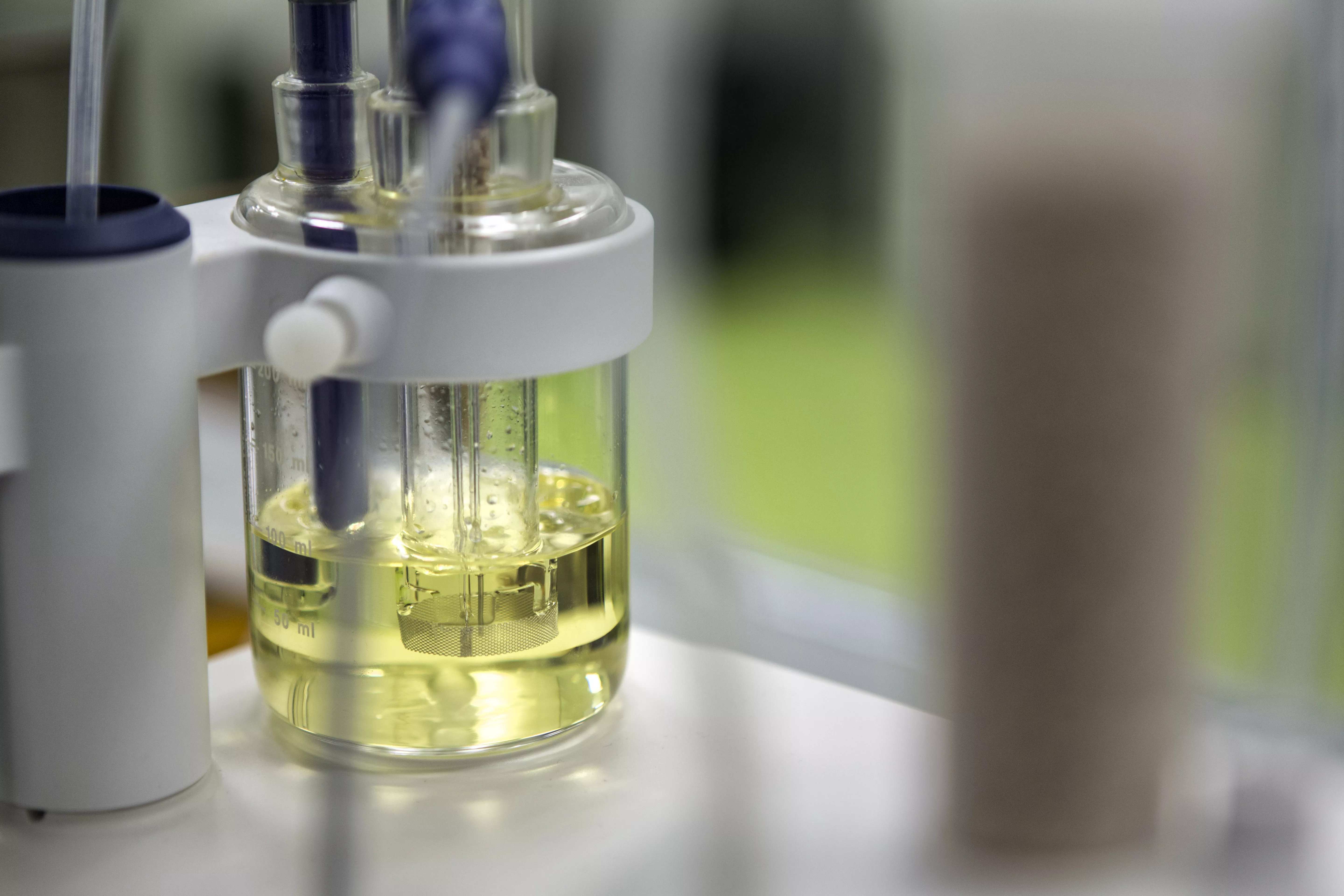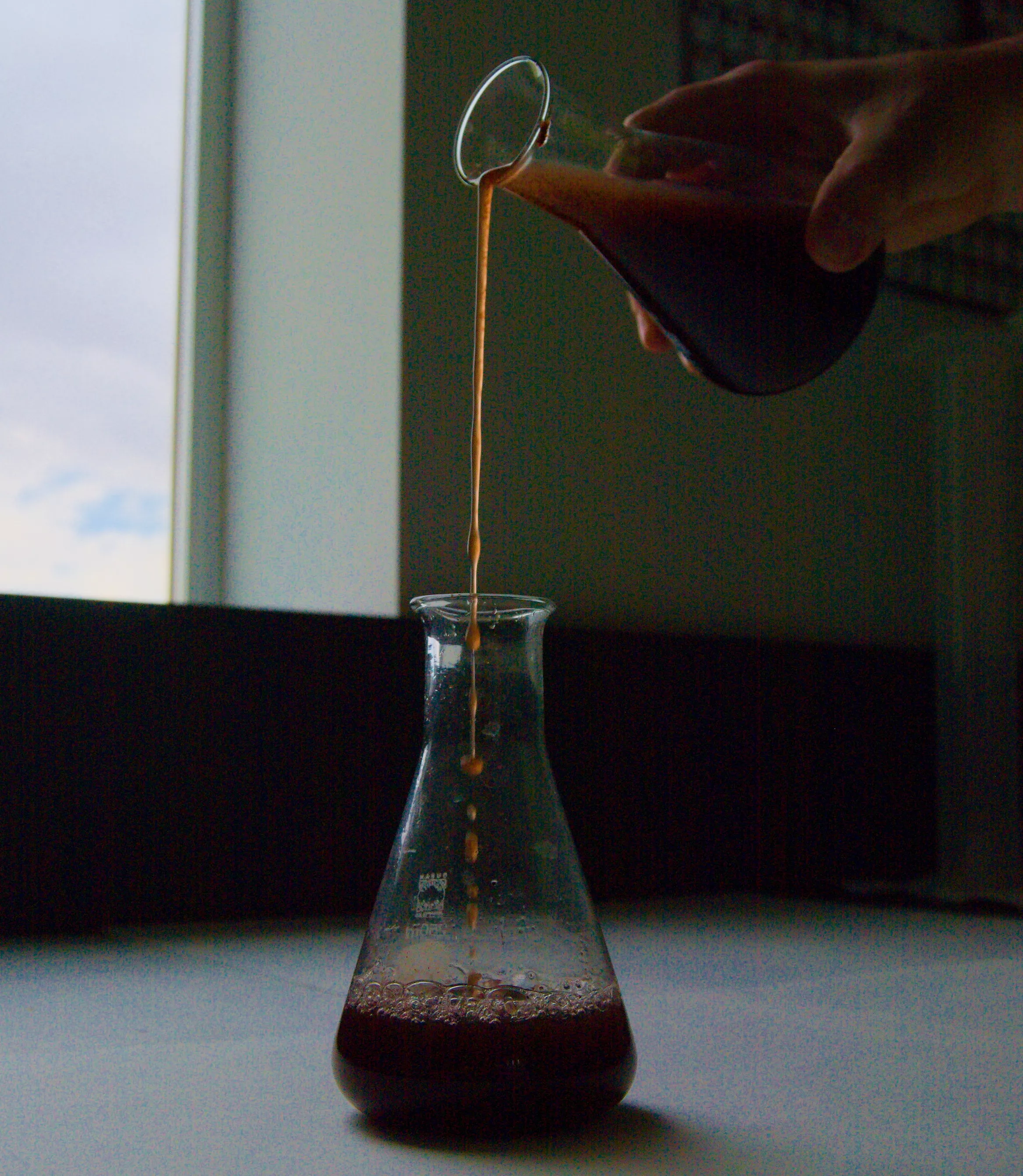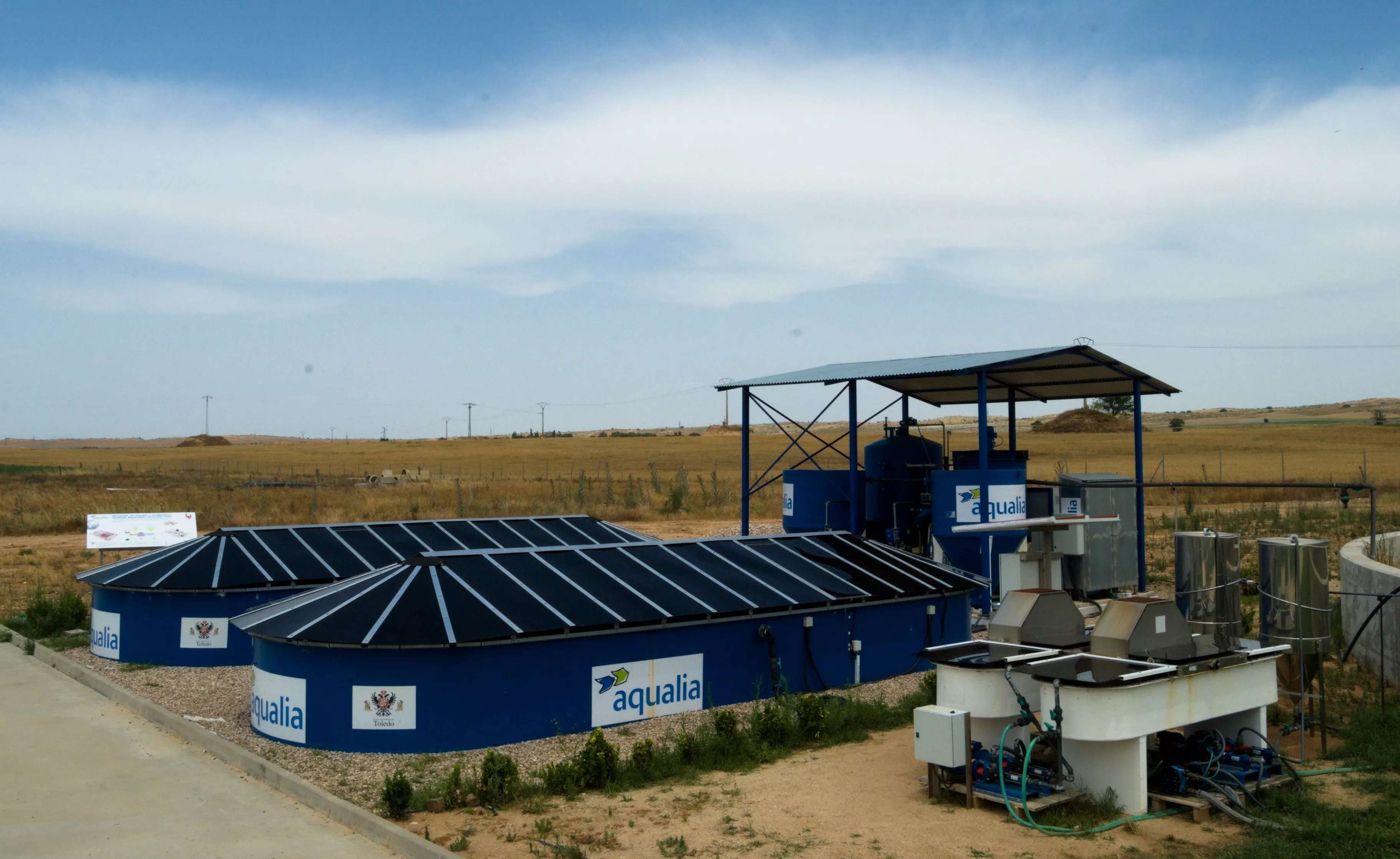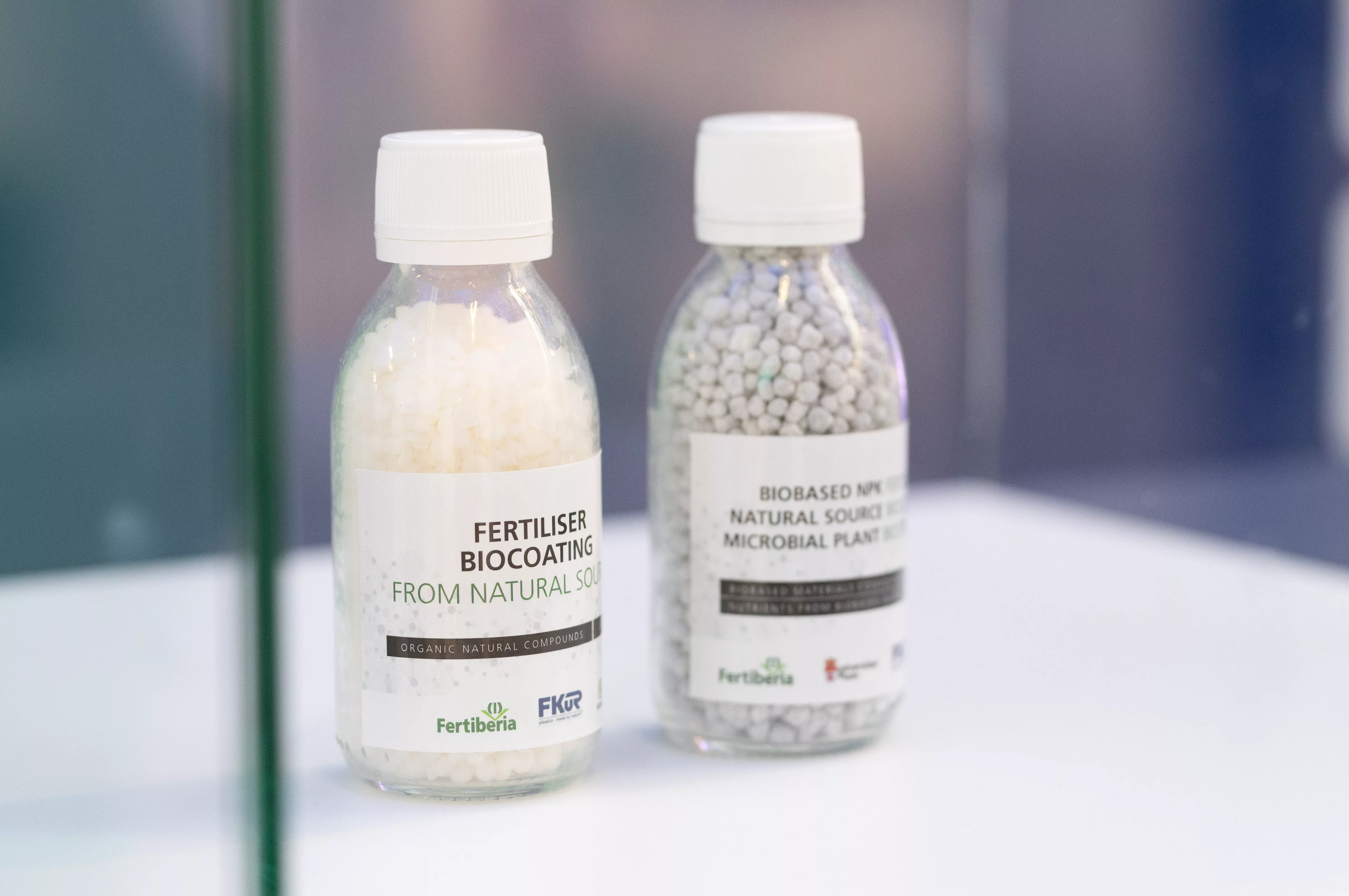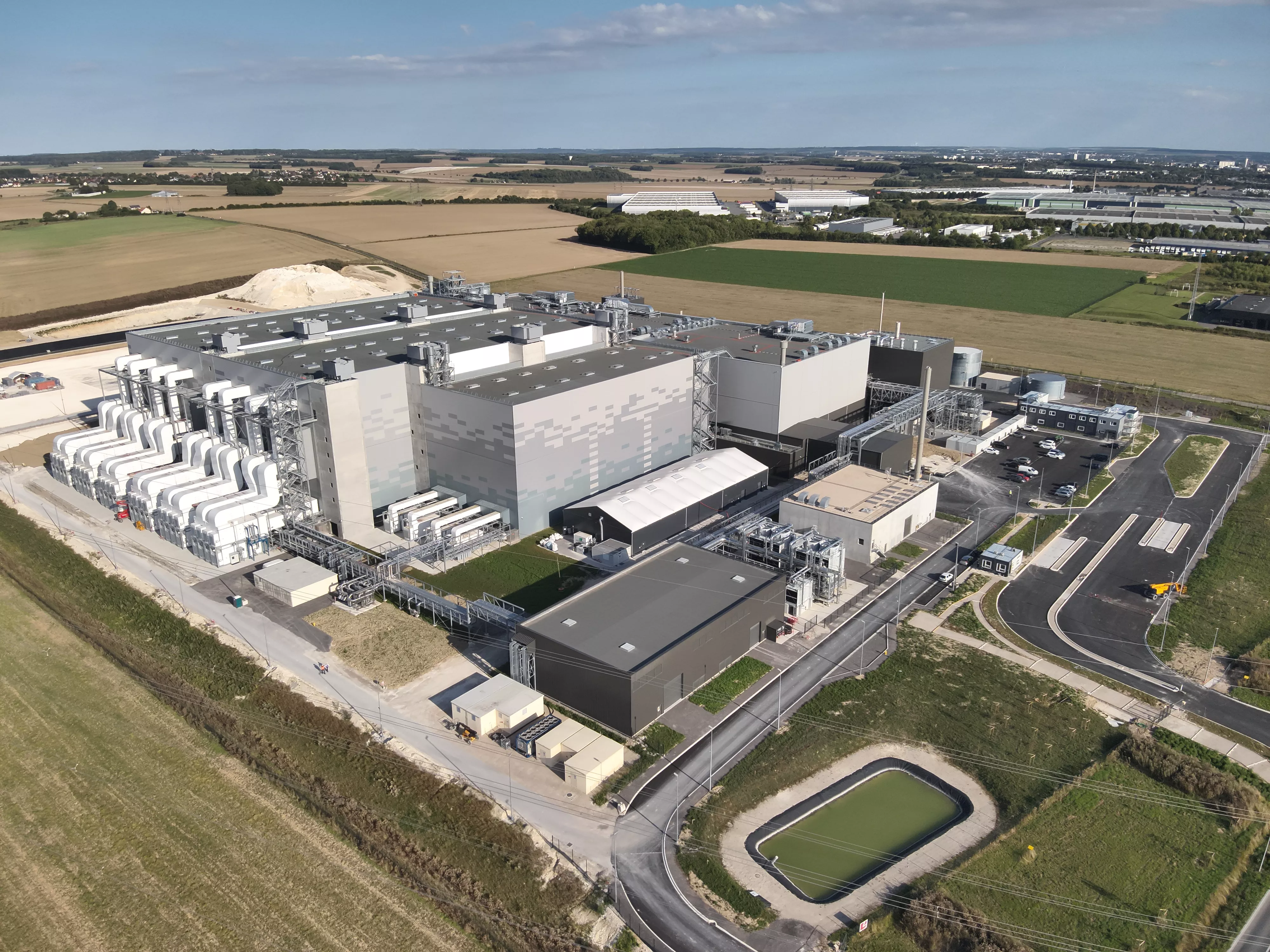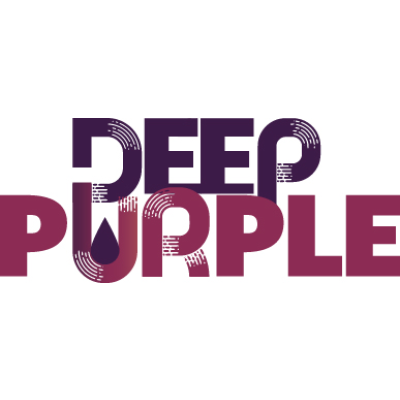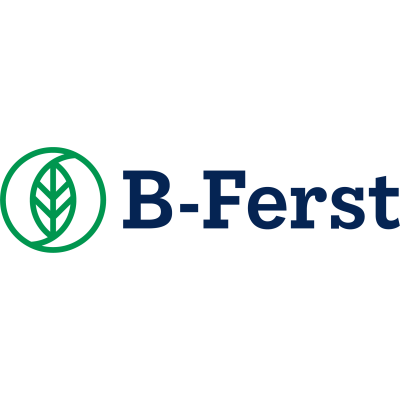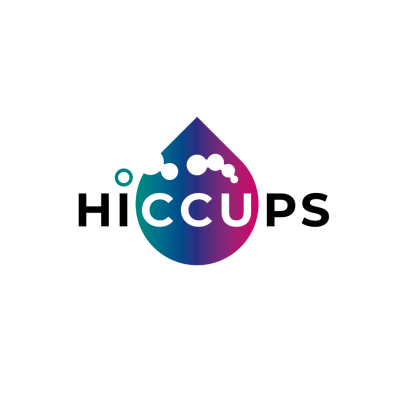The idea is not only to apply stricter rules on wastewater treatment but also to promote better monitoring and to extend the circular economy approach to their side streams, such as wastewater sludge. In parallel, the EU Mission ‘Restore our Ocean and Waters’ aims to protect and restore the health of our ocean and waters through research and innovation, citizen engagement and blue investments.
At the same time, droughts are increasingly frequent and widespread in the European Union, with 38% of the population affected by water scarcity in 2019. In some regions, overexploitation of available water resources can further exacerbate the consequences of droughts, and the cost of droughts each year account for between €2 to €9 billion.
Since 2014, CBE JU has funded 14 innovative projects that promote new technologies and business models in wastewater treatment and thereby aim to cut water use considerably.
By funding projects focused on lower water consumption, wastewater regeneration, and the development of new value-added products, CBE JU plays an important role in promoting sustainable and less polluting production models. From industrial and urban wastewater to biogenic gaseous carbon and sludge side streams, CBE JU-funded projects address various aspects of wastewater reduction and treatment challenges proposing innovative circular bio-based solutions.
Innovative technologies to promote water reuse and tackle water scarcity
Addressing water scarcity is a critical challenge that requires a paradigm shift in our approach to water management. Water reuse and the development of low water footprint technologies fostered by CBE JU will help maximise water management efficiency, alleviate the strain on freshwater sources, minimise pollution and promote the circular economy.
For example, the AFTERLIFE project regenerates wastewater by separating the different valuable fractions of wastewater to produce bio-based plastics while delivering water with ultrapure quality ready for reuse for highly demanding applications such as food processing, giving it a whole new range of functions.
Other CBE JU projects are actively addressing the reduction of wastewater generation and developing technologies that minimise water footprint. For example, the FARMŸNG project is producing sustainable and high-quality animal feed products from mealworms. Compared to traditional livestock farming, insect protein production requires less water per kilogram of the final product, resulting in lower hydric stress in freshwater bodies and, eventually, lower pollution.
A new range of bio-based products from industrial and mixed wastewater
In pursuing sustainable solutions for both industry and municipalities, several innovative CBE JU-funded projects are making remarkable strides to use wastewater and organic waste streams for bio-based products in a wide range of applications. For example, the INGREEN project has developed safe and nutritious animal feed ingredients and biodegradable packaging films by treating industrial paper-milling wastewater.
The DEEP PURPLE project recovers high-value compounds, such as cellulose, sugar-block fertilisers and ectoine (an amino acid), from wastewater and sewage sludge to serve as feedstock for bio-based plastics, cosmetics, fertilisers, and construction materials. This innovative approach revolves around a versatile multi-platform biorefinery concept, leveraging the metabolism of Purple Phototrophic Bacteria (PPB). This process exemplifies the paradigm shift from waste management challenges to opportunities.
New added-value products from the wastewater treatment sidestreams
Wastewater treatment encompasses various processes, each generating distinct side streams that hold the potential for obtaining valuable products. These by-products offer opportunities for resource recovery and contribute to the circular economy. As an example, the HICCUPS project aims to capture biogenic CO2 from biogas produced at wastewater treatment plants. This is then converted into innovative bio-based packaging materials with improved barrier properties, recyclability, and biodegradability. Moreover, wastewater treatment by-products can be abundant in essential nutrients like phosphorus, nitrogen, and potassium, making them ideal fertilisers for agriculture.
The B-FERST project is developing eight new competitive green fertilisers from wastewater treatment by-products, creating a symbiotic relationship between wastewater treatment and sustainable agricultural practices recovering nutrients and using biostimulants as soil enhancers.
Author: Cristian Pérez Hernández
